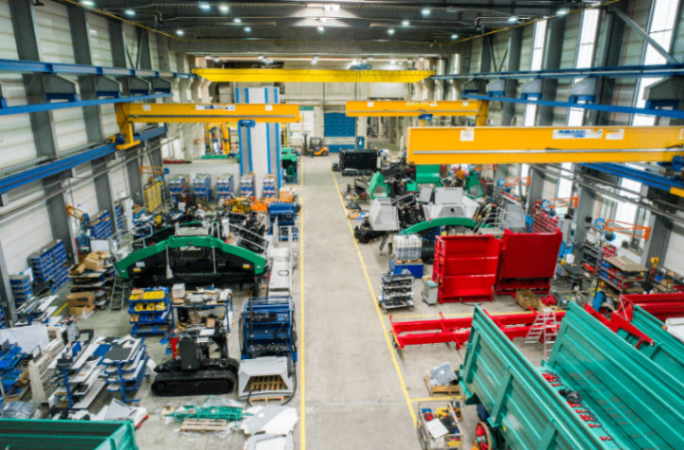Confidence in the economy stagnated in October
Economic commentary by Jakub Seidler, Chief Economist of the CBA

After stronger growth in the previous month, economic confidence was broadly flat (very slightly down) in October, with consumers showing further improvement, while the situation for businesses was the opposite (see Chart 1). However, developments in the business sector were mixed, with confidence improving slightly in industry and construction, while retail trade and services recorded stronger declines. Overall, household confidence has recovered to the more favourable level seen in the middle of this year, although it remains subdued overall compared with the 2014-2019 period. In the case of businesses, overall confidence has been at similar levels over the past two years, but is down only slightly from pre-recession levels. Businesses rate lack of demand as the most significant barrier to growth in October; this factor has increased in both services and construction over the past quarter, and remains high in industry; firms also see the labour market and lack of suitable labour as a greater barrier to growth compared to July.
Households:
After improving rapidly at the start of the year, household confidence began to decline in May, bringing an end to 4 months of decline in the September number. Although the rise in confidence in September was only cosmetic, the increase in October came in stronger, bringing household confidence to the higher levels of this year. Households are more optimistic about the future economic situation and their own financial situation. Households' willingness to save has increased, which is also a positive signal regarding the improving income situation, as households have extra funds to save. Thus, although household confidence has improved after a weaker summer and is above its long-term average, it is still subdued compared to 2014-2019, leaving room for further improvement (Chart 2).
Businesses:
For businesses, confidence fell slightly in October after rising across the board in September. It is above its one-year average in all monitored segments except retail. It was in the retail sector that confidence deteriorated most sharply in October, due to weaker expectations over the next 3 months. Confidence also fell in services, but here due to the current worse assessment of the economic situation, while the outlook for the future improved in services compared to September. In construction, the situation improved slightly, mainly due to a more favourable outlook for the future. In industry, confidence was broadly flat and the outlook for production in the coming months improved slightly (Chart 2).
Barriers to growth:
Compared with July, the "insufficient demand" factor holding back further growth increased in services and construction, while it remained high in industry, although it declined slightly (Graph 3). Firms again perceived the labour market and the lack of suitable labour as a major barrier to growth (Graph 4), a somewhat surprising development in the context of the observed cooling labour market. In industry, however, staff shortages are only the third most important constraint on growth, with insufficient demand being the first and the growing difficulty of materials shortages again the second (Graph 5).
While October's confidence indicators suggest continuing demand-side problems plaguing the business sector, in the case of households they cautiously suggest a possible turnaround from the weaker developments over the summer months, which could bring stronger household consumption, which has so far lagged expectations. However, it is still the case that economic developments have rather missed estimates in recent months and the new autumn economic forecasts are thus likely to revise down the expected growth for next year from the initial estimates, which envisaged growth of around 2.5%.